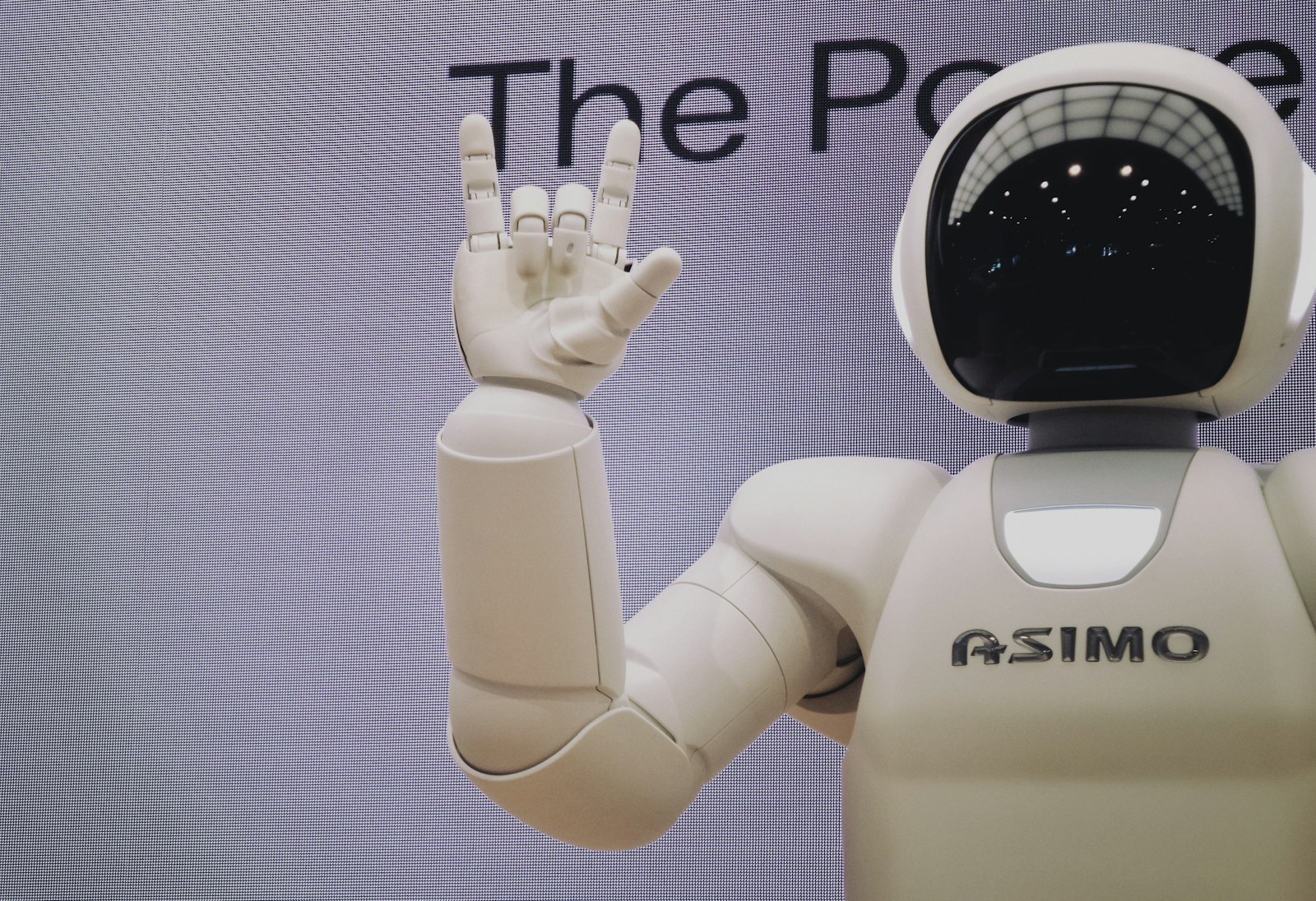Augmented Reality (AR) is revolutionizing the retail landscape by enhancing customer experiences and transforming how consumers interact with products. By overlaying digital information onto the physical world, AR provides shoppers with immersive experiences that facilitate informed purchasing decisions. As technology evolves, various innovations in AR are poised to further change the retail experience. This article explores the impact of AR on retail and highlights key innovations to watch in the coming years.

1. Virtual Try-Ons
One of the most significant innovations in AR for retail is the ability to virtually try on products before purchasing. This feature is particularly prevalent in the fashion and beauty industries.
Fashion Retail: Brands like Zara and ASOS have implemented AR applications that allow customers to see how clothing items look on them without stepping into a fitting room. Using smartphone cameras, these apps can create realistic representations of how garments fit, helping consumers make better purchasing decisions and reducing return rates.
Beauty Products: Cosmetics companies like L’Oréal and Sephora have embraced AR technology through apps that enable customers to virtually apply makeup products. These applications use facial recognition technology to provide a realistic preview of how different shades and products will look on the user, enhancing the shopping experience and driving sales.
2. Enhanced In-Store Experiences
AR is also transforming the in-store shopping experience, offering customers interactive and engaging ways to explore products.
Interactive Displays: Retailers are integrating AR into their physical stores with interactive displays. For example, IKEA’s Place app allows customers to visualize how furniture will look in their homes by placing virtual items in their actual living spaces. This technology helps customers make informed decisions and encourages them to explore more products.
Product Information and Navigation: AR applications can provide customers with instant access to product information, reviews, and comparisons by simply pointing their smartphones at items on the shelves. Furthermore, some stores are implementing AR navigation tools that guide shoppers through the store, helping them locate products more efficiently.
3. Personalized Shopping Experiences
AR is enabling retailers to create personalized shopping experiences tailored to individual preferences and behaviors.
Customized Promotions: Retailers can use AR to deliver personalized promotions and discounts based on customers’ shopping history and preferences. For instance, when a customer points their smartphone at a product, they might receive exclusive offers, recommendations, or related items, enhancing their overall shopping experience.
Gamification: Brands are increasingly incorporating gamified AR experiences to engage customers. For example, retail games that involve scanning products to earn rewards or discounts can enhance customer interaction and encourage brand loyalty. These immersive experiences not only make shopping more enjoyable but also drive foot traffic to physical stores.
4. AR in E-commerce
As online shopping continues to dominate, AR is playing a crucial role in bridging the gap between physical and digital retail experiences.
3D Product Visualization: E-commerce platforms are adopting AR technology to allow customers to visualize products in 3D before making a purchase. For instance, furniture retailers like Wayfair and Amazon are offering AR features that enable customers to place virtual furniture in their homes, ensuring that items fit and match their decor.
AR-Enabled Catalogs: Brands are also exploring the use of AR-enabled catalogs and marketing materials. Customers can scan printed catalogs with their smartphones to access interactive content, such as 3D models and product videos, providing a richer shopping experience that goes beyond static images.
5. Innovations to Watch
As AR technology continues to advance, several innovations are on the horizon that could further transform the retail experience:
AI-Powered AR: The integration of artificial intelligence with AR technology can lead to more personalized and accurate virtual experiences. AI algorithms can analyze customer preferences and behaviors to deliver tailored AR content, enhancing engagement and satisfaction.
Social Commerce: The rise of social media platforms as shopping channels presents an opportunity for AR integration. Brands are likely to leverage AR features within social apps, allowing users to virtually try on products and share their experiences with friends, driving organic marketing and sales.
Sustainability Initiatives: AR can play a role in promoting sustainable practices in retail. For example, brands may use AR to educate customers about the environmental impact of products or provide information on recycling options, fostering a more conscious consumer base.
Conclusion
Augmented Reality is reshaping the retail landscape by enhancing customer experiences, improving product interactions, and driving sales. From virtual try-ons and interactive displays to personalized shopping experiences, AR innovations are helping retailers meet the evolving expectations of consumers in a competitive market.
As technology continues to evolve, the potential for AR in retail is vast. Retailers who embrace these advancements will not only enhance customer engagement but also gain a significant edge in a rapidly changing industry. The future of retail is not just about selling products; it’s about creating immersive experiences that resonate with consumers, and AR is at the forefront of this transformation.